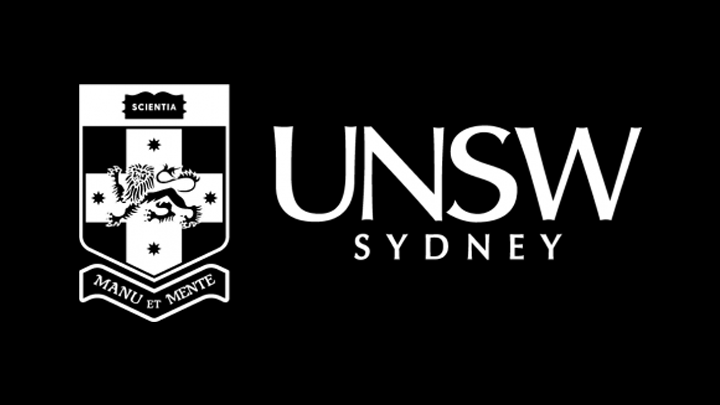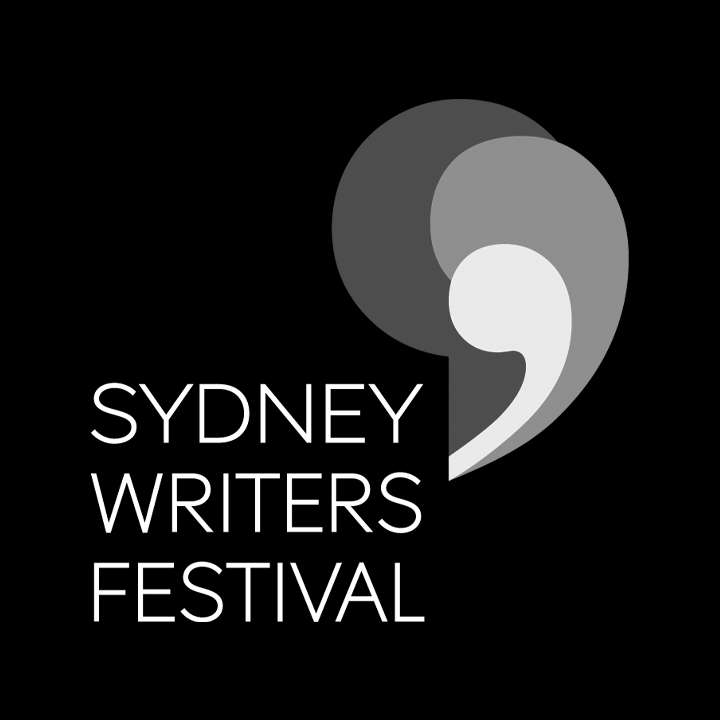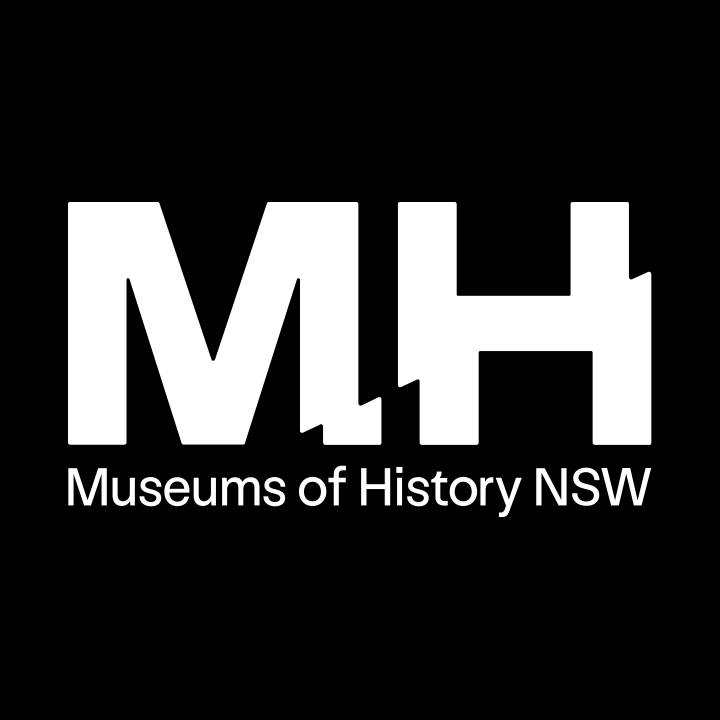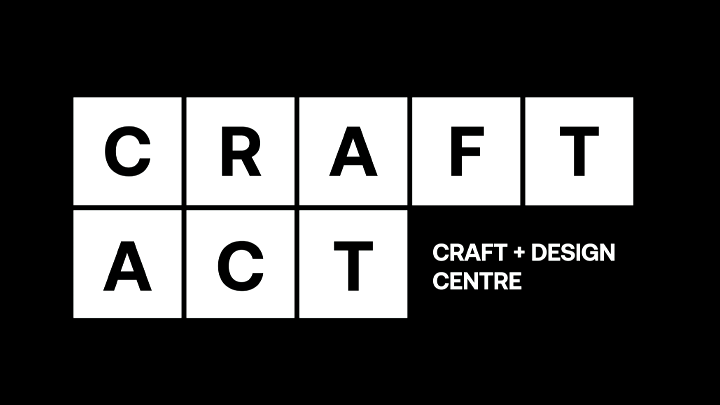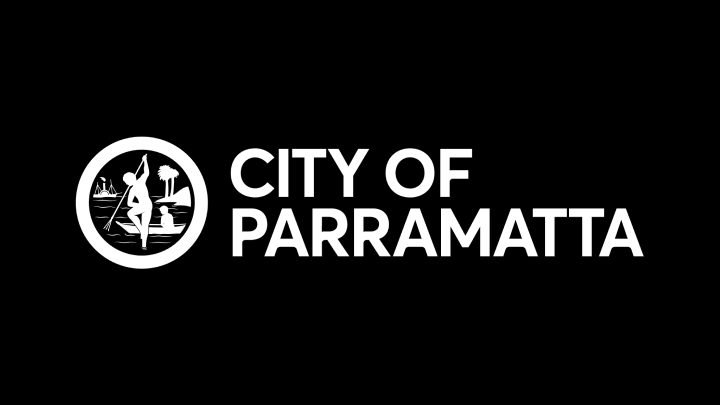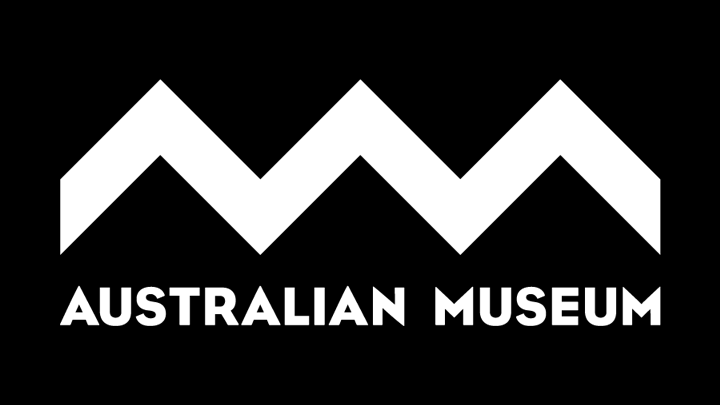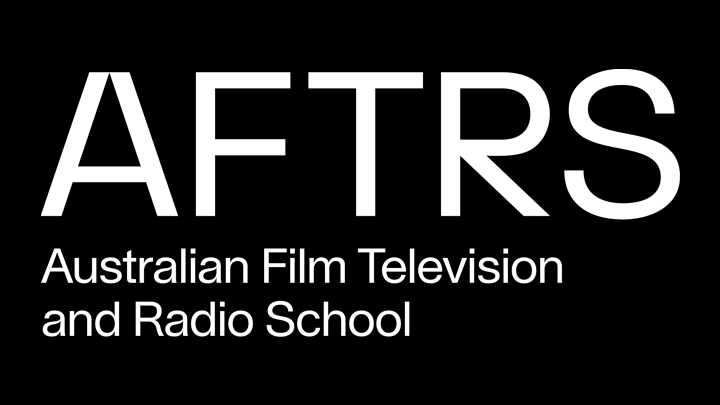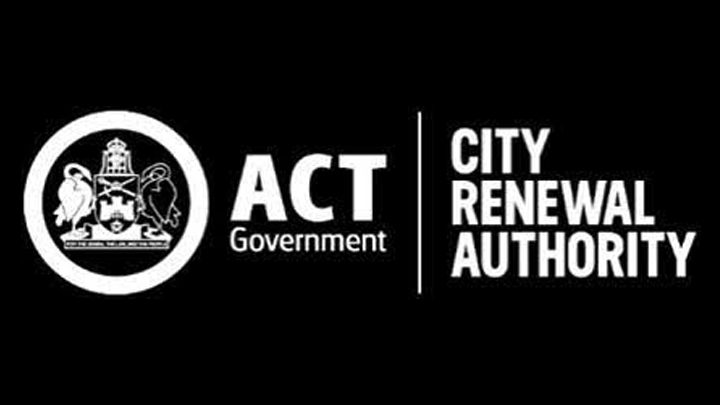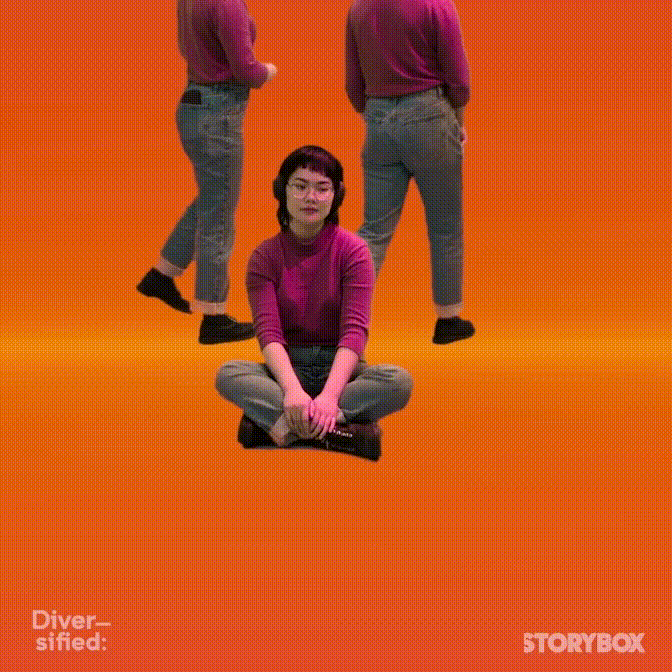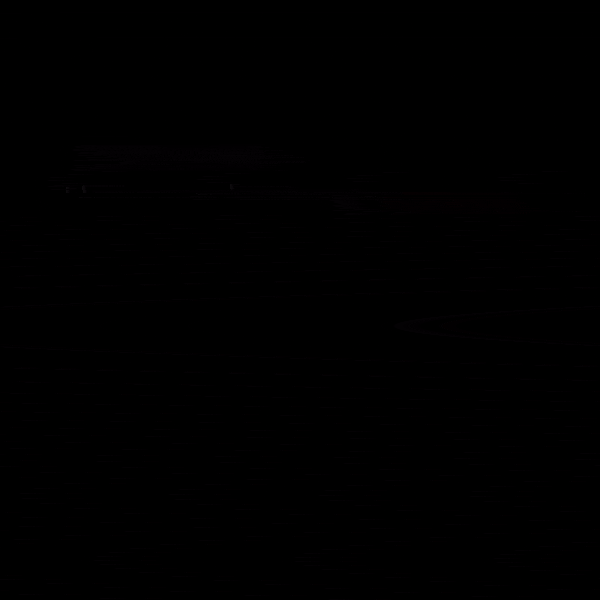About
Connecting people, places & stories
STORYBOX builds on the power of public spaces to connect communities and inspire ideas and creative collaborations.
Custom digital products, engagement methods and evaluation tools expand the benefits of public space engagement to support purpose-driven organisations connect and engage with communities.
WHO WE ARE
STORYBOX is the creation of Dr. Sarah Barns and Studio ESEM, a purpose-driven digital creativity practice based in Sydney, Australia.
The platform builds on long-term research and strategy insights on digital placemaking by Dr. Sarah Barns and creative director Michael Killalea. The technology to deliver the programs was developed with AV engineer Leif Wilson. Together, the three of them have been iterating and growing STORYBOX since 2020, building on over 40 outdoor placemaking programs delivered in communities since 2013.
Learn more about the cultural strategy and digital programs created by Sarah and Michael at Studio ESEM, and how Sarah’s research on digital engagement and urban platforms inspired the making of STORYBOX.
We’re on a mission to inspire greater community connections through the power of storytelling and creativity in public spaces.
We created STORYBOX to help purpose-driven organisations leverage the power of public spaces and shared environments to engage diverse audiences in creative and collaborative ways.
our mission
community programs
We create community programs in partnership with First Nations custodians, schools, universities and cultural organisations.
We’re guided by the work of Australia’s First Nations people, who have taught us the power of storytelling to shape how we care for places and our beautiful, fragile planet.
STORYBOX is also inspired by the work of countless other storytellers around the world — creatives, dreamers, scientists, mothers and carers, all of them curious minds — who love the power of stories, real and imagined, to bring meaning to everyday lives.
our partners
Some of the partners we’ve worked with to build public space engagement programs.
